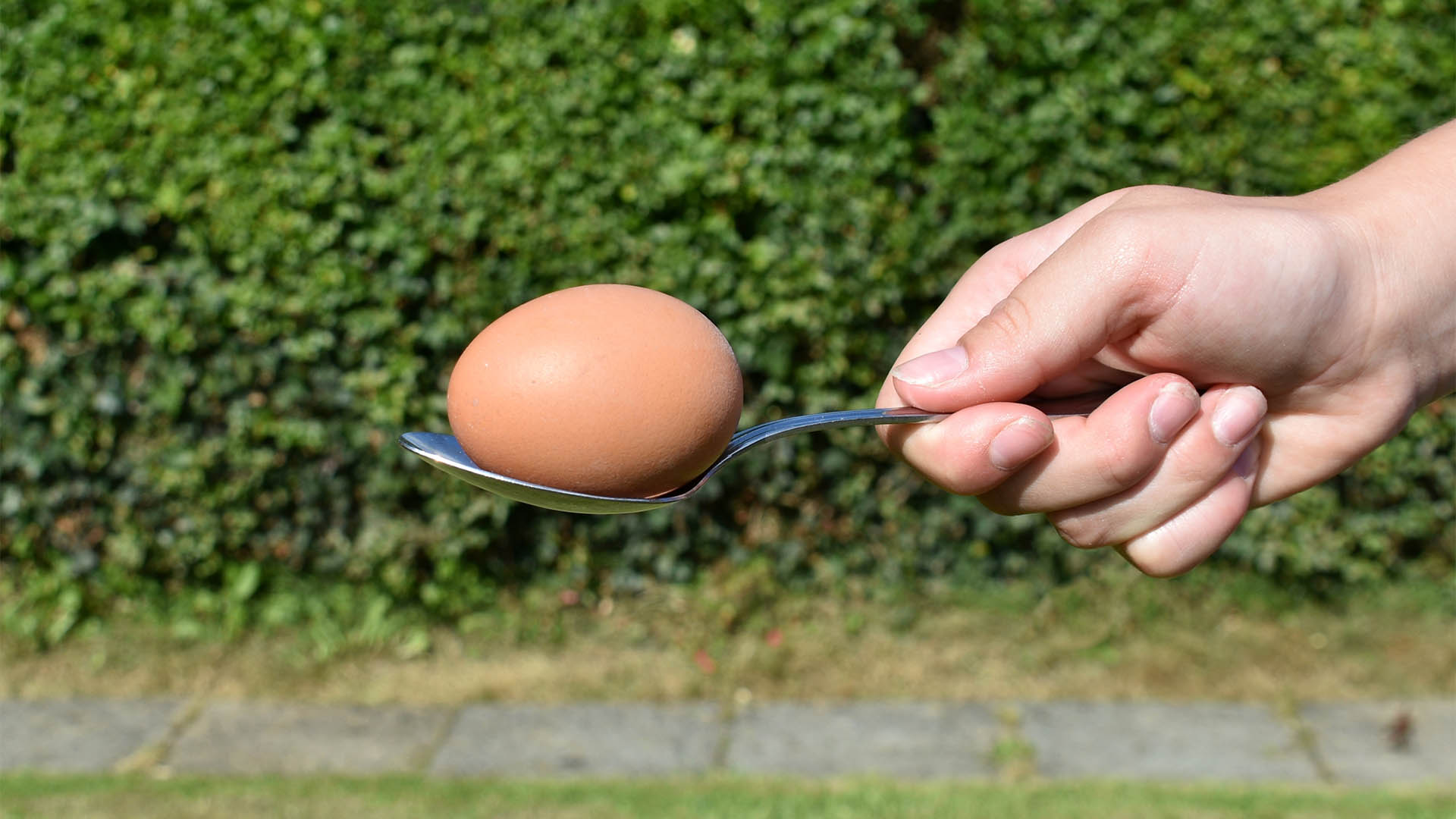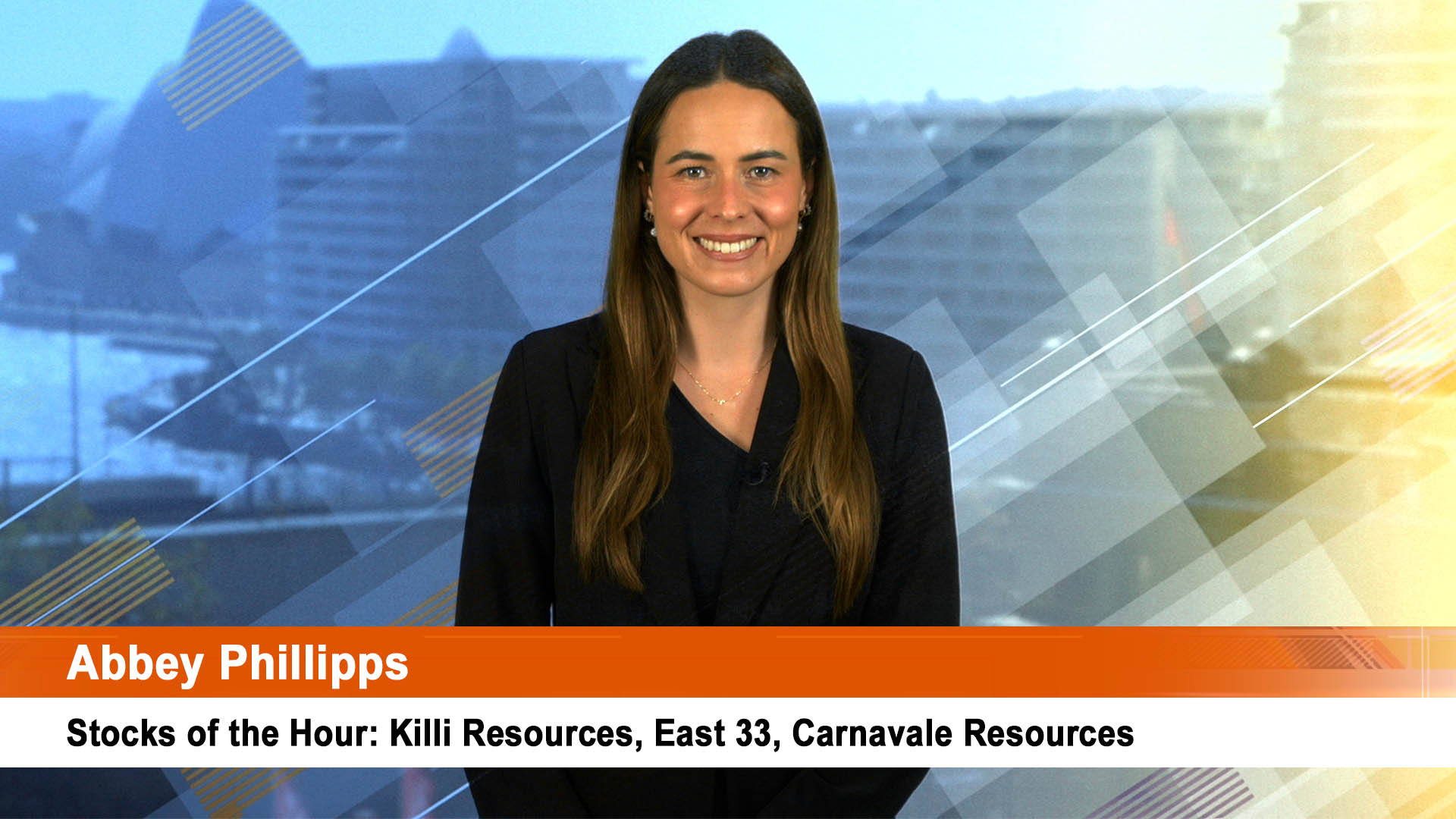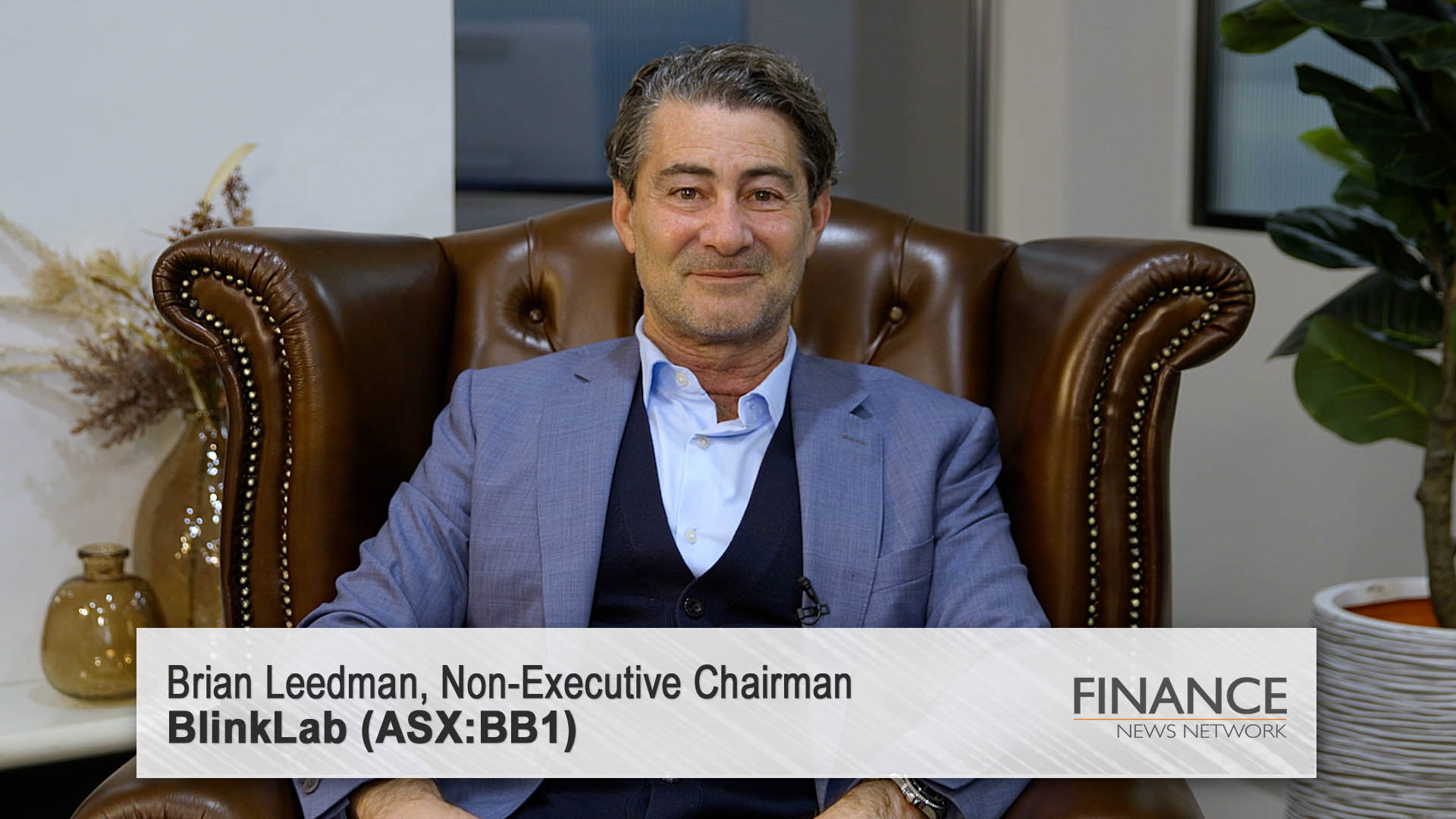Australian business conditions continued at two decade highs in October, although the National Australia Bank said its survey of conditions and confidence did spot a couple of possible weak sports emerging.
In fact business conditions hit another an all-time high in October, according to NAB’s latest monthly survey, while business confidence though not so high, was again above its long-term average.
“This is an extremely strong result and of itself would suggest a better than expected performance for the economy," NAB boss economist Alan Oster said.
Oster did, however, caution that "it is unclear just how long conditions can remain at these record levels given that the result was driven by a surprise jump in manufacturing". Forward orders, a leading indicator, have softened in recent months, too, he pointed out.
And later today we get a reminder of how weak wages growth remains with the Wage Price Index for the September quarter. That will show an increase mostly due to the National Wage Increase decision in May and not as a result of the stronger demand for labour and the 371,000 new jobs created in the past year.
The NAB Survey showed that business conditions hit a high of +21 index points in October, up +7 points from September and the highest level since the monthly series began in 1997.
Meanwhile, business confidence at +8 index points was above its long-term average.
Both readings left the stockmarket unmoved and the ASX 200 fell more than 50 points, mostly due to the impact of the Shell sell down in Woodside and price falls among other oil companies, the big miners and some retailers.
The NAB said that it “ss encouraging to see the strength become more broad-based, with positive conditions in all industries except retail, as well as all states including WA (although conditions there are still weak). "
“The subdued conditions in retail have been a major concern for some time now, but are not overly surprising given some of the headwinds that are facing the industry. However, retail conditions did improve a little this month, which was enough to arrest the downward trend we have been seeing since mid-year” Mr Oster said in yesterday’s statement.
At the other end of the spectrum, the construction industry is still performing incredibly well, thanks to support from both a large pipeline of residential construction and a likely improvement in non-residential construction activity.
By component, trading conditions and profitability drove the spike in conditions this month and according to Mr Oster, “NAB’s employment index is also running at a level which suggests further job gains and lower employment, which in turn may help to favourably close the prolonged disconnect between the upbeat business sector, and more cautious household sector.
However, to date we have only seen limited signs of pass-through to wage outcomes, a trend that appears likely to continue in the absence of a commensurate lift in productivity.” Meanwhile, the capacity utilisation rate eased a little this month, but the survey’s measure of capex is looking solid.
“Overall, the results from the Survey affirm our cautiously optimistic view that Australia may temporarily see above trend rates of economic growth over the coming quarters. However, there are still significant challenges to the outlook, especially as the economy starts to see less support coming from housing construction and LNG exports.
“Fortunately, we expect to see offsets from business investment and infrastructure construction, which should be enough for the RBA to slowly remove some of its emergency policy stimulus, albeit not until the second half of next year, and only if the labour market and wages improve further” said Mr Oster.













